Vishwanath Temple-
The Viswanath Temple is the most important and ancient holy shrine in this region. Of the many temples in Uttarkashi, the temple of Lord Vishwanath is unrivalled in importance. Shiva, the presiding deity of this temple, is worshipped all day here. Every evening, visitors are greeted by the sound of bells, and the chanting of mantras by pundits at the puja.Within the courtyard of the Vishwanath temple, and to the front of it, is the Shakti Temple, dedicated to the goddess of strength. The massive brass trident projecting from this temple bears an inscription describing how the Vishwanath Temple was built. According to it, the temple was built by King Ganeshwar, whose son Guh, a great warrior, built the trident. 26 feet high, this trident’s base measures 8 feet 9 inches, and its top, 18’/2 inches in circumference. At a distance of 5 Min. walk from our Hotel
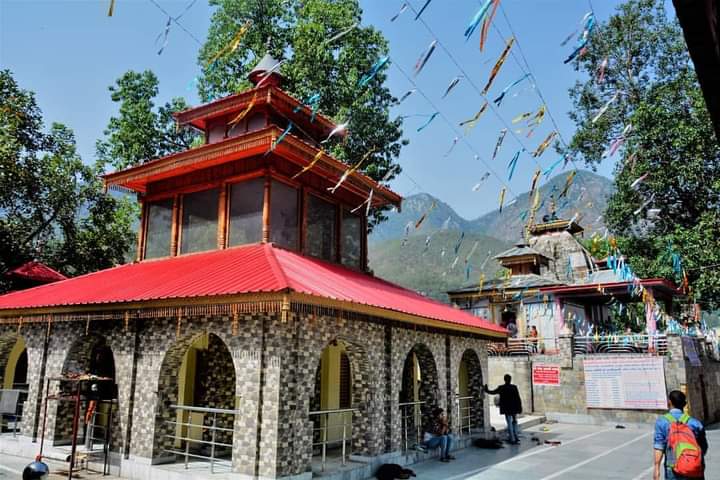
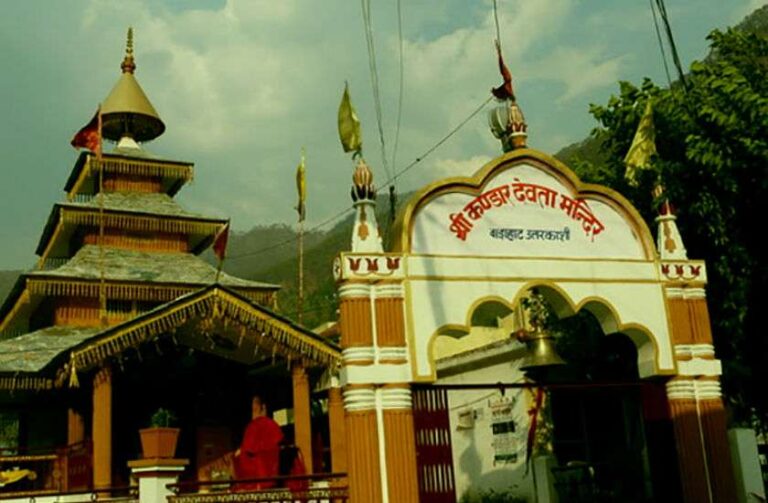
Kandar Devta Temple-
Kandar Devta is one of the incarnation of Lord Shiva. It is believed that Kandar Devta has Astrological Power to predict past, present and future. Next to our Hotel.
Nehru Institute of Mountaineering
This Institute was set up in Nov. 14, 1965, in memory of Pt. Jawaharlal Nehru. and is located on a hillock on the south bank spur of the Bhagirathi river, at an altitude of 1,300 m, amongst sylvan surroundings. It is equipped with a well stocked library of 2,000 books, principally on mountaineering and allied subjects. A small museum, cafeteria, and facilities for indoor and outdoor sports make it a superb centre for producing skilled mountaineers. The Institute also provides climbing gear to IMF approved expeditions at nominal charges. 4 km from the Hotel.
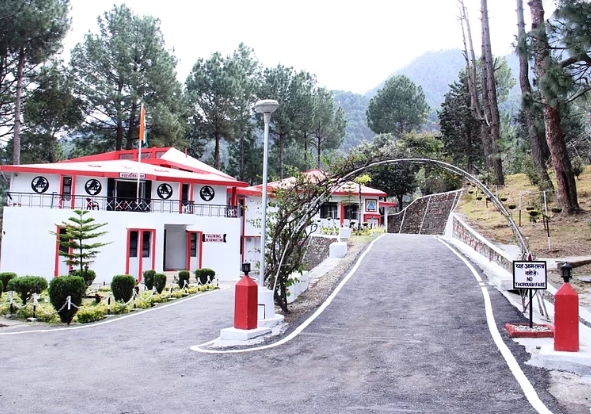
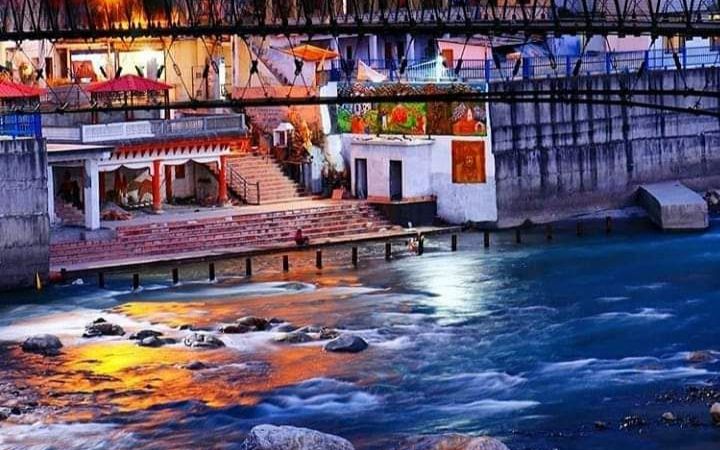
Manikarnika Ghat –
Like the ‘Manikarnika Ghat’ of Varanasi, Uttarkashi also have a Manikarnika Ghat on the banks of river Bhagirathi. 500 metres from the Hotel.
Gangotri Shrine-
This is the Temple of ‘Ganga’ which is situated on the right bank of the Bhagirathi, right in the middle of the tiny village Gangotri, 3140 metres above sea level, where the sun filters through the branches of giant deodars and conifers in a mesmeric display of light and shade. 98 km from the Hotel.
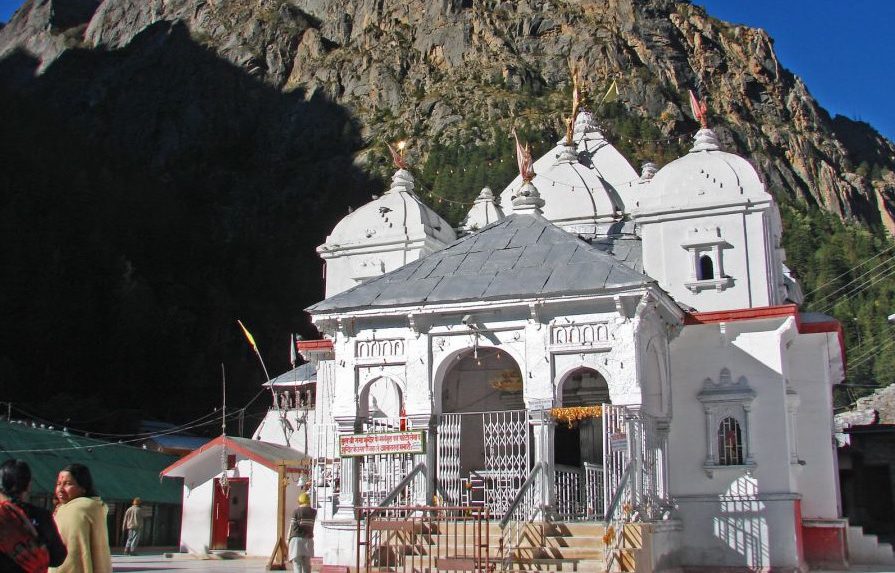
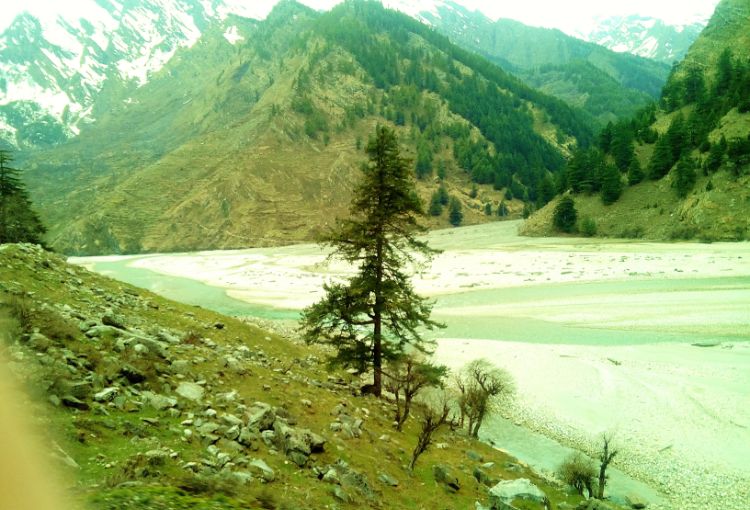
Harshil-
This hamlet is known for its natural beauty and delicious apples. The winding roads, tall conifers, mountains, the turbulent Bhagirathi, apple orchards, streams, waterfalls and green meadows — all typical of Harshil. 72 km from the Hotel.
Gartang Gali –
Gartang Gali is a wooden bridge in Nelang Valley which was an old trade route between India and Tibet, situated at a distance of 90 km from Uttarkash It was closed since 1962, after the Indo-China war. But now it is open for tourists. Pathans who came from Peshawar built this bridge 150 years ago at an height of 11000 ft.


Nachiketa taal Trek-
The lake is believed to be the meditation place of Nachiketa, a protagonist of Hindu mythology, where he also realized his Moksha. The lake is situated at an height of 7500 feet midst a dense oak forest. The 3 km trek for the lake starts from Chaurangi Khal, which is 28 km from Uttarkashi.
Dayara Bugyal Trek-
Bugyal in the local language means “high altitude meadow”.Situated at an elevation of about 3048 m, this vast meadow is second to none in natural beauty. During winter it provides excellent ski slopes over an area of 28 sq km. The panoramic view of the Himalayas from here is breathtaking.The road to Dayara Bugyal branches off near Bhatwari a place on Uttarkashi-Gangotri road about 28 km from Uttarkashi. Vehicles can go up to the village of Barsu from where one has to trek a distance of about 8 km to reach Dayara and other route is via village Raithal, 10 km from Bhatwari, from where one has to trek about 6 km to Dayara Bugyal.
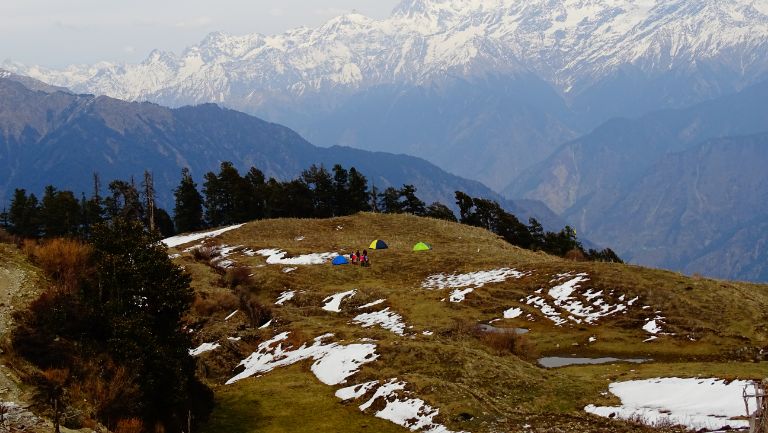
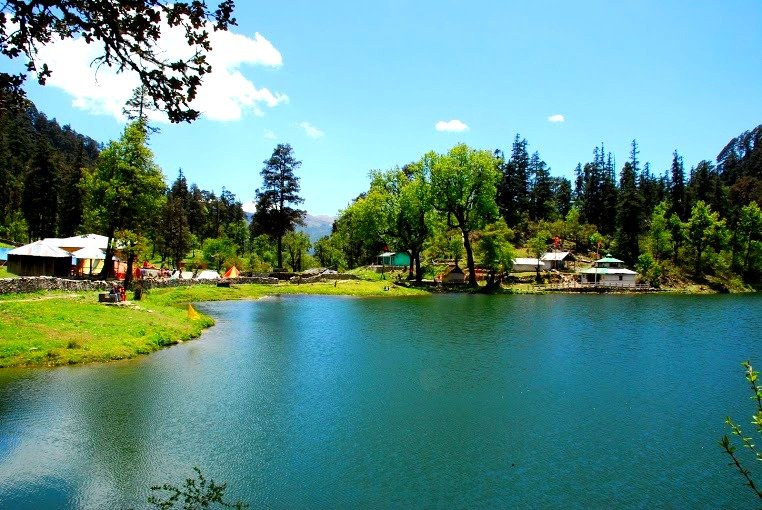
Doditaal Trek-
Doditaal is an emerald lake nestled amidst high mountains at an altitude of 3,310 mts above sea level. With its serene setting and tranquil environs, Doditaal is arguably one of the most beautiful high altitude lakes of North India. Doditaal is named after the rare Himalayan Trouts know as Dodi in local language. This lake is one of the very few water bodies where Himalayan Trout are found. On one corner of the lake a beautiful temple is dedicated to Lord Ganesha. According to mythology this is the place where Lord Ganesha was born. The circumference of the lake is 1.5 kms with dense deodar trees all around it. Doditaal can be reached in two days by trekking 22 kms from Sangamchatti.
Gaumukh-Tapovan-Nandanvan-Basuki Taal Trek-
Gaumukh(3889m) The source of river Bhagirathi is also considered the true source of river Ganga. The area is peaceful and surreal, and offers stunning views of Mt. Shivling and the Bhagirathi group of mountains, and can be reached after an 18 km trek from Gangotri.
Tapovan (4300m) is an area beyond Gaumukh consisting of a beautiful meadow, at the feet of Mt. Shivling for those in need of peace and adventure, a further 5 Kms from Gaumukh.
Nandanvan (4337m) Located on the far side of the Gangotri glacier opposite to Tapovan this small high altitude meadow is by no means lesser than Tapovan, offering stunning views of surrounding peaks.
Vasuki Tal (4463m) A further ascent starting from Nandanvan, and following the Chaturangi glacier brings one to the Emerald green Basuki Tal lake.
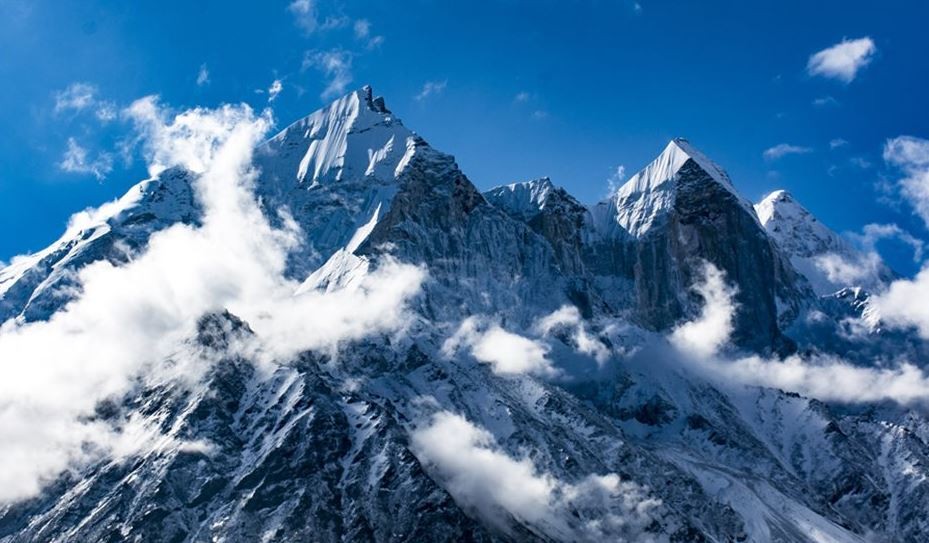

Kedartaal Trek–
Kedar Tal sited at an altitude of 4912 from sea level in the Gangotri area of Garhwal Himalayas. One gets to see astounding views of the Greater Himalayan peaks such as Thalayasagar (6904 mts), Bhirgupanth (6772 mts) and Jogin Group of peaks. The pea green lake formed by the melting of Kedar glacier gives birth to the Kedar Ganga, a tributary of river Bhagirathi, considered as Lord Shiva’s contribution to Bhagirathi. One can observe Bharal (blue sheep), Goral, Himalayan black bear and a great variety of birds during this trek. Though a bit challenging at times, the completion of the trek offers some very rewarding moments.
Khedi Waterfall, Maneri-
Khedi waterfall, Maneri. 14 km from hotel
Khedi waterfall is placed at the banks of the Bhagirathi River and is the most effective waterfall indexed in Barahat Range. The waterfall isn’t natural, as an alternative it’s the opening for overflow discharge of the Maneri hydroelectric task at the Bhagirathi River.

